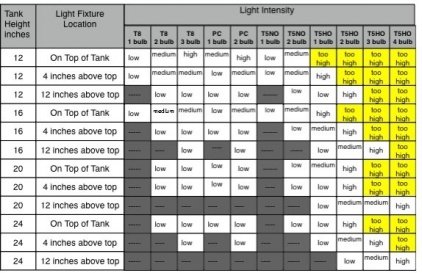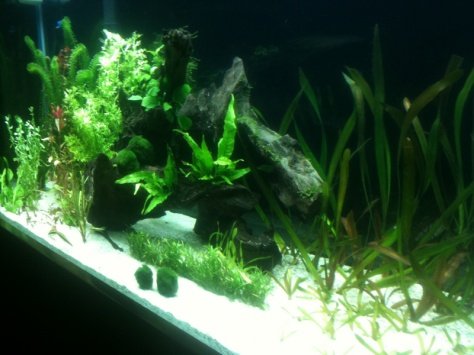Philly33
Aquarium Advice Freak
- Joined
- Mar 10, 2011
- Messages
- 468
I copied this chart from another post. According to this chart I'm at "too high". I have a 90gal with 3x54w Hagen glo t5 ho fixtures. Depth 24", lights sit on top.
How valid is this? I can't find info on this. I've been told watts/gal isn't a true measure of intensity anymore.
What are the signs that co2 becomes necessity? I'm dosing a carbon supplement currently.
I've spent a lot of $ in the past year. That's not an issue. There are so many contradictions. I just want it correct.
Please advise?
How valid is this? I can't find info on this. I've been told watts/gal isn't a true measure of intensity anymore.
What are the signs that co2 becomes necessity? I'm dosing a carbon supplement currently.
I've spent a lot of $ in the past year. That's not an issue. There are so many contradictions. I just want it correct.
Please advise?


